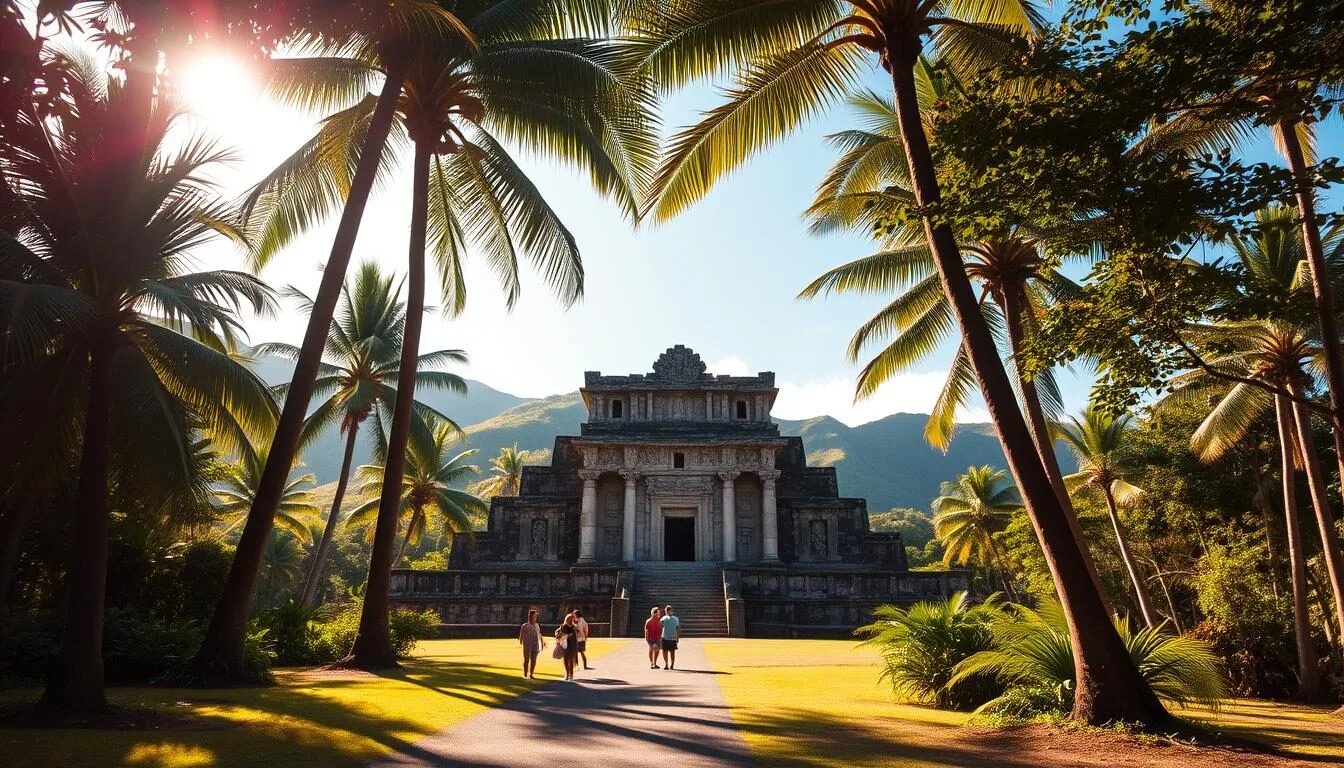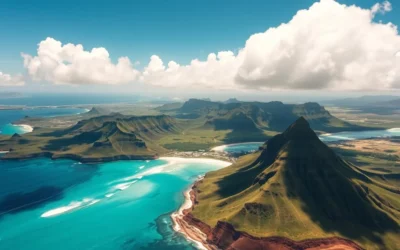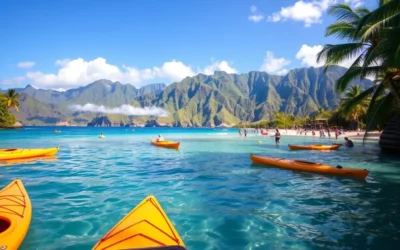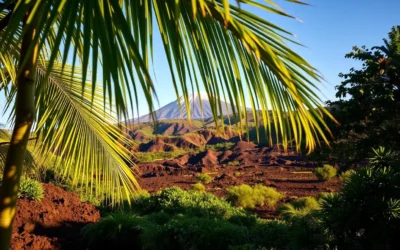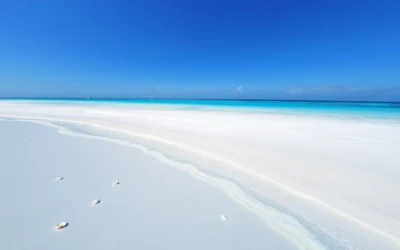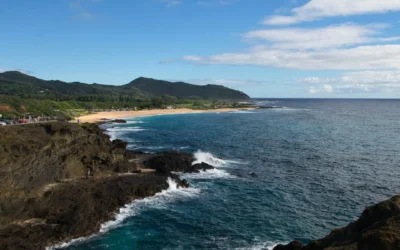✓ Accommodations ✓ Flights ✓ Rental Cars ✓ Tours & Activities
Imagine walking in the footsteps of King Kamehameha the Great at a site that played a pivotal role in unifying the Hawaiian Islands. Located on the Big Island’s Kohala Coast, this historic site is a testament to the islands’ rich cultural heritage.
As you visit this sacred temple, you’ll uncover its significance in Hawaiian history and understand why it remains a vital part of Native Hawaiian cultural practices. With its preserved structures and cultural programs, you’ll gain a deeper appreciation for the history and heritage of the islands.
This national historic site is a must-visit destination, offering a unique glimpse into Hawaii’s past and its importance in shaping the islands’ identity.
Discovering Pu’ukohola Heiau National Historic Site
As you step into the Pu’ukohola Heiau National Historic Site, you’re about to uncover a pivotal moment in Hawaiian history. This site is a testament to the rich cultural heritage and the unification of the Hawaiian Islands.
A Sacred Hawaiian Temple on the Kohala Coast
Pu’ukohola Heiau is an impressive temple built between 1790-1791, showcasing ancient Hawaiian engineering. This sacred site on the beautiful Kohala Coast represents one of the last major religious structures built before Western influence.
The Significance of Pu’ukohola in Hawaiian History
The temple’s significance in Hawaiian history is profound, marking the beginning of King Kamehameha’s journey to unite the islands. It stands as a symbol of unification and lasting peace, continuing to hold cultural significance today.
The site offers a glimpse into the past, with its stone structure and strategic location providing panoramic views of the coastline. Preservation efforts maintain this sacred site as a window into Hawaiian history and cultural heritage.
Essential Visitor Information
For a memorable experience at Pu’ukohola Heiau National Historic Site, it’s vital to be prepared with the right visitor information. This sacred site is open all year round, sharing the history of the beginning stages of the Hawaiian Kingdom.
Hours of Operation and Admission Details
The site is open year-round with free admission, making it an accessible cultural experience. You can plan your visit at your convenience, but be sure to check the hours of operation to make the most of your day.
Directions and Transportation to the Site
Located just off Highway 270 near Kawaihae Harbor, approximately 34 miles north of Kailua-Kona, the site is easily accessible. The drive from Kona takes about an hour, making it an excellent half-day excursion.
| Location Detail | Information |
|---|---|
| Distance from Kailua-Kona | 34 miles |
| Nearest Harbor | Kawaihae Harbor |
| Highway | Highway 270 |
Accessibility Information
The site offers accessible parking spaces and a partially accessible visitor center. However, the main temple viewing areas require walking on uneven terrain, so plan accordingly.
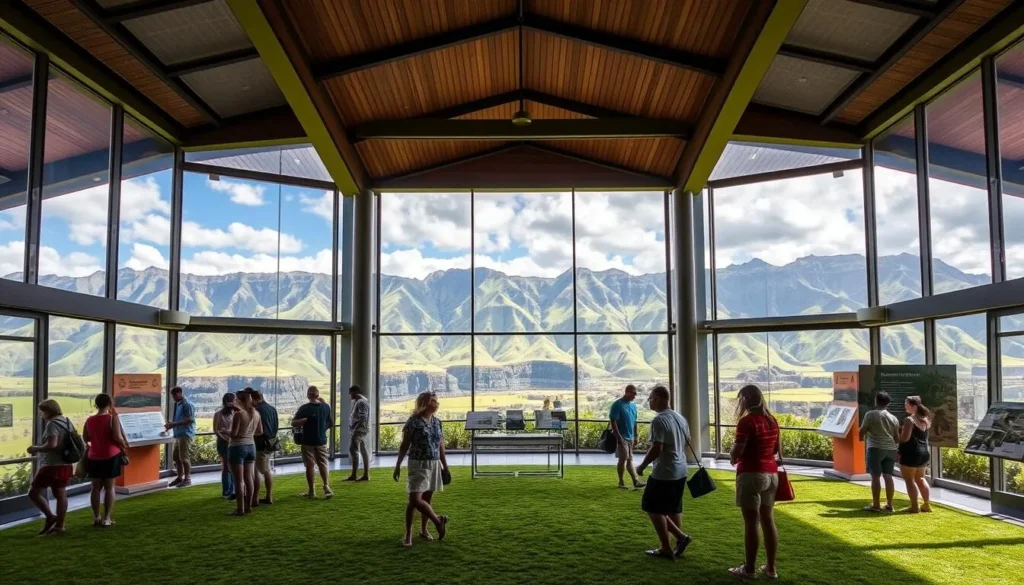
The Historical Significance of Pu’ukohola Heiau
The historical significance of Pu’ukohola Heiau is deeply intertwined with the story of King Kamehameha and his quest for unification of the Hawaiian Islands.
King Kamehameha and the Prophecy
A kahuna (priest) foretold that constructing a heiau dedicated to the war god Ku would help King Kamehameha conquer and unite all the Hawaiian Islands. This prophecy led to the construction of Pu’ukohola Heiau.
The Construction of the War Temple
The construction was an incredible feat of engineering, with thousands of men forming a human chain over 20 miles long to pass stones hand-to-hand from Pololu Valley, showcasing the devotion and labor that went into building this massive temple.
John Young and the Unification of the Hawaiian Islands
John Young, a British sailor, became one of King Kamehameha‘s most trusted advisors, introducing Western weapons and tactics that aided in the unification efforts, ultimately leading to the establishment of the Hawaiian Kingdom.
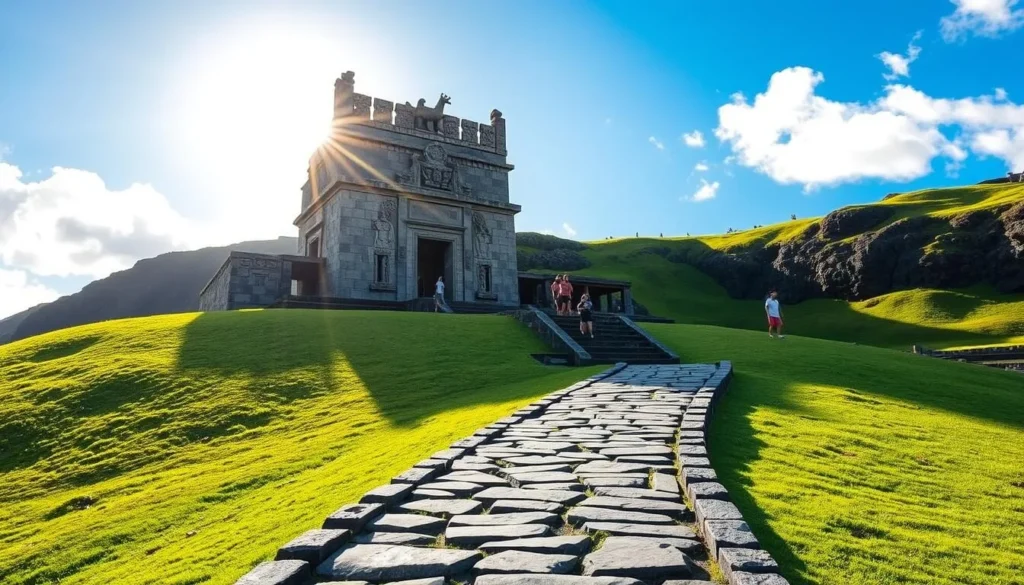
Things to Do at Pu’ukohola Heiau Nat’l Hist Site, The Big Island, Hawaii
As you visit Pu’ukohola Heiau National Historic Site, you’ll discover a wealth of activities to enrich your Hawaiian experience. The site offers a range of engaging experiences that allow you to delve into its rich history and cultural significance.
Self-Guided Tours and Visitor Center Exhibits
Take a self-guided tour along the well-marked trail system, which allows you to view the impressive Pu’ukohola Heiau from designated observation points while respecting its sacred status. Be sure to visit the informative Visitor Center to explore exhibits that detail the site’s history, construction, and significance through artifacts, images, and educational displays.
Viewing the Submerged Temple of Hale o Kapuni
From the shoreline viewing area, you can look for sharks passing over the submerged temple of Hale o Kapuni, an underwater heiau dedicated to shark deities. This unique experience offers a glimpse into the site’s fascinating history and cultural practices.
Nearby Attractions Along the Kohala Coast
Combine your visit with explorations of other nearby attractions along the scenic Kohala Coast, including beautiful beaches, resorts, and historical sites. Some activities to consider include:
- Exploring the nearby ruins of John Young’s homestead
- Appreciating the natural beauty of the site, with its stunning ocean views and native Hawaiian plants
- Photographing the dramatic contrast between the ancient stone structure and the brilliant blue Pacific Ocean backdrop
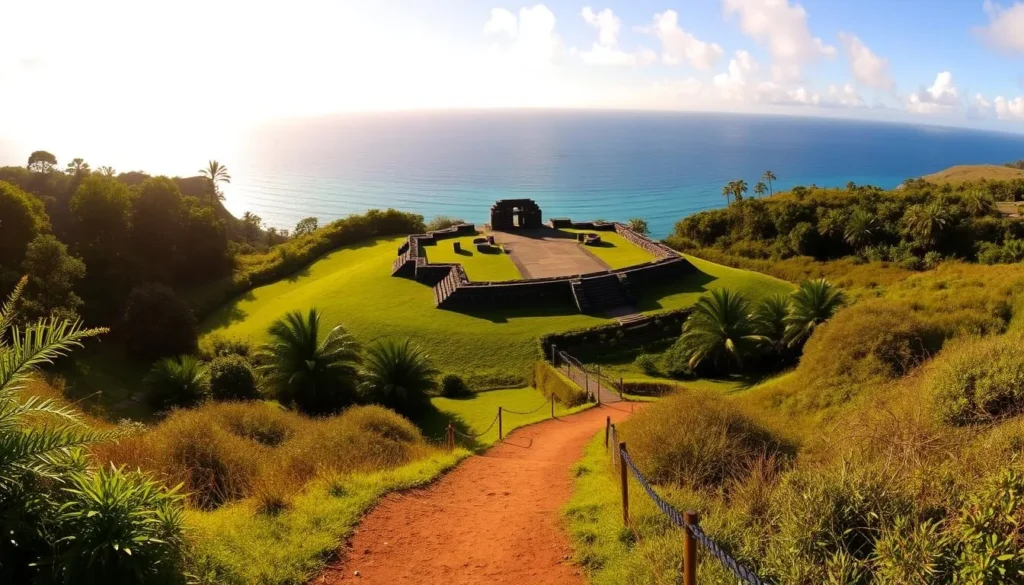
Cultural Events and Programs
At Pu’ukohola Heiau National Historic Site, cultural events and programs bring Hawaiian history to life. The site, managed by the National Park Service, offers a variety of activities that celebrate the rich cultural heritage of the Hawaiian Islands.
The Annual Hawaiian Cultural Festival
The Annual Hawaiian Cultural Festival, typically held in August, is a highlight of the site’s cultural calendar. You can experience traditional Hawaiian cultural demonstrations, music, dance, and crafts in the very place where the Hawaiian Kingdom began. This event is a unique opportunity to immerse yourself in the local culture and learn about the significance of Pu’ukohola Heiau.
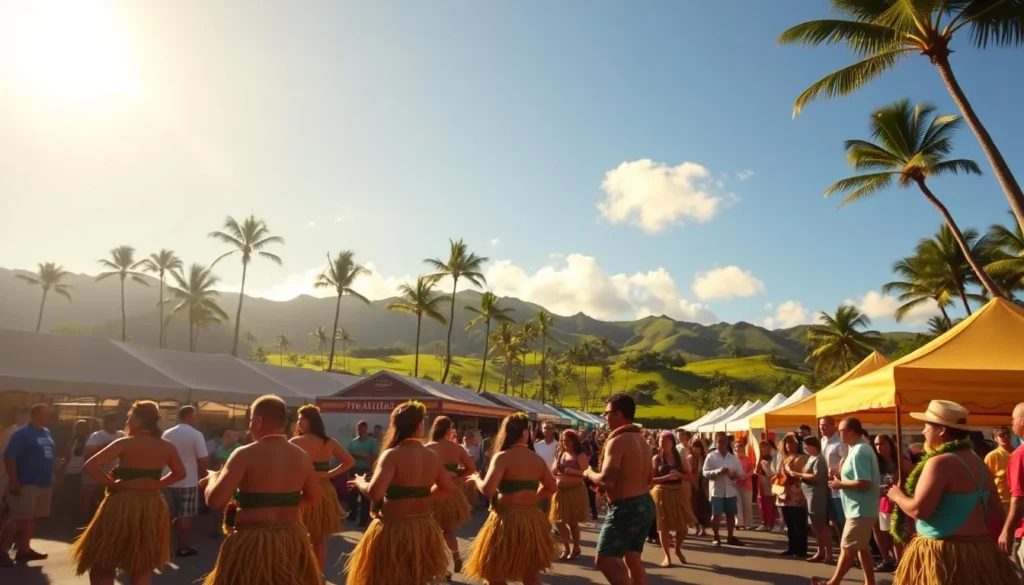
Educational Programs and Ranger-Led Activities
Throughout the year, the site offers educational programs that provide deeper insights into Hawaiian history, culture, and the significance of this sacred site to the people of Hawaii. You can participate in ranger-led talks and tours, which offer expert interpretation that brings the stories and significance of Pu’ukohola Heiau to life.
| Program | Description | Frequency |
|---|---|---|
| Educational Programs | Insights into Hawaiian history and culture | Throughout the year |
| Ranger-Led Tours | Expert interpretation of Pu’ukohola Heiau | When available |
| Cultural Demonstrations | Traditional Hawaiian crafts and practices | During festivals and special events |
Visitor Tips and Etiquette
As you prepare to visit Pu’ukohola Heiau, a temple of great historical significance, it’s crucial to learn about the site’s cultural and spiritual importance. Pu’ukohola Heiau remains a sacred site of immense cultural and spiritual significance to Native Hawaiians.
To ensure a respectful visit, follow these guidelines: stay on designated paths, dress modestly, and maintain a quiet demeanor. Refrain from removing any rocks or plants, as this is both culturally inappropriate and prohibited by federal law.
Tips for a meaningful visit: Bring water, sun protection, and insect repellent. Plan your visit for early morning or late afternoon to avoid the heat. Consider making a donation to support the site’s preservation efforts.
The above is subject to change.
Check back often to TRAVEL.COM for the latest travel tips and deals.
